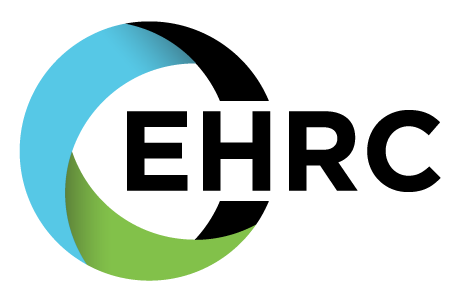
Top Five Patient Safety Risks Following an EHR Implementation
Electronic Health Record technology has brought incredible automation to the healthcare industry, and many would say, it’s about time. Its benefits are strong and, if done right, will lead to a better patient experience and ultimately better patient care. However, with all great things, an EHR implementation comes with its risks. According to a Kaiser Health News and Fortune Magazine investigation, EHRs have created a host of largely unacknowledged patient safety risks, with the study finding thousands of cases of patient deaths, serious injuries, and near misses related to software glitches, user errors, or other flaws.
If we follow the crumbs of these tragedies, they lead back to how the EHR was designed, implemented, and used by clinicians and healthcare care staff. Here we will outline the top five patient safety risks you may encounter following an EHR implementation.
- Incorrect Patient Information
More common in the fast-paced environment of the emergency room, is confusing one patient’s personal health information with another. The copy and paste function in many EHR software doesn’t help the issue, making it too easy to copy from one patient’s chart, and mistakenly paste into another, also called “cross-charting”.
Some patients have complex care plans requiring multiple medication doses, treatment plans, doctors, and nurses over multiple days. It only takes one misstep by one distracted, rushed, or undertrained user, to cause a ripple effect in a patient’s care that could have dire consequences.
- Technical Glitches
Although we expect technology to be foolproof, it has its days. Glitches in technology unfortunately happen and require every human user to be vigilant of their potential. For instance, an EHR glitch could incorrectly remove a decimal point when a medication is being entered into the system, completely changing the dosage for the patient, and even risking overdose. Users must be trained on more than just how to navigate the system for their job, but also educated on how to spot discrepancies and red flags in the system and from other users. Major glitches can cause the entire facility to be offline from the EHR. Downtime procedures are essential to keeping the “lights on” and should be standard for whenever a facility experiences an electrical outage.
- Auto-Correct and Auto-Complete Issues
The Opposite of a glitch is when technology over-corrects human inputs. Sometimes technology thinks it is smarter than us. Although not always false, auto-correct, and auto-complete functionality within the software can completely change the intended documentation by a clinician. If the clinician is diligent, they may catch the changes, but will then have to spend extra time correcting and double-checking all other documentation. If they don’t catch the changes, it could completely alter a patient’s care.

An EHR implementation can seem overwhelming. But with education and training, your EHR can be an efficient and effective tool that will benefit both the providers and patients.
- Complex EHR Interfaces
We have all heard that physicians are resistant to EHR adoption, and although some have dived in headfirst to the change, they have reason to be. Physicians’ focus is and always will be on the patient, so when they have to take time away from patients to learn a new way of doing things, especially complex and unfamiliar technology, they are understandably resistant. As incredibly smart as EHR software can be, it isn’t just simply putting paper charts on the computer, and arguably, that is what makes it so smart. To be a powerful, interoperable technology, all paper documents and processes need to be digitalized. But for many physicians, this is a thorn in their side. And for patients, this could have negative repercussions on their care. Certain data may be displayed differently in the electronic patient chart, compared to what a physician is used to seeing on a paper chart. Navigating the interface is time-consuming for clinicians, especially when they are moving fast and treating multiple patients. This can lead to missed alerts, test results, and more.
- Medication Errors
Every year, 7,000-9,000 Americans die because of a medication error. Errors cause medications to go to the wrong patients or with the wrong doses. Some medication documentation can cause treatment delays and even adverse drug reactions. Depending on the software, and how it was designed and implemented it could provide safeguards for human errors like this, such as deploying alerts about potential drug allergies.
You can get the fanciest technology out there, but if you don’t know how to use it, it is worthless. Education is key to a new software implementation. An EHR implementation lacking the proper training or continuous education even after go-live can make some medical practices destined for failure.
An EHR implementation can seem overwhelming, especially with the many horror stories of failure. Still, with time, EHR education, and training, those fears will melt away and what will be left is an efficient and effective tool that will benefit both the providers and patients.


